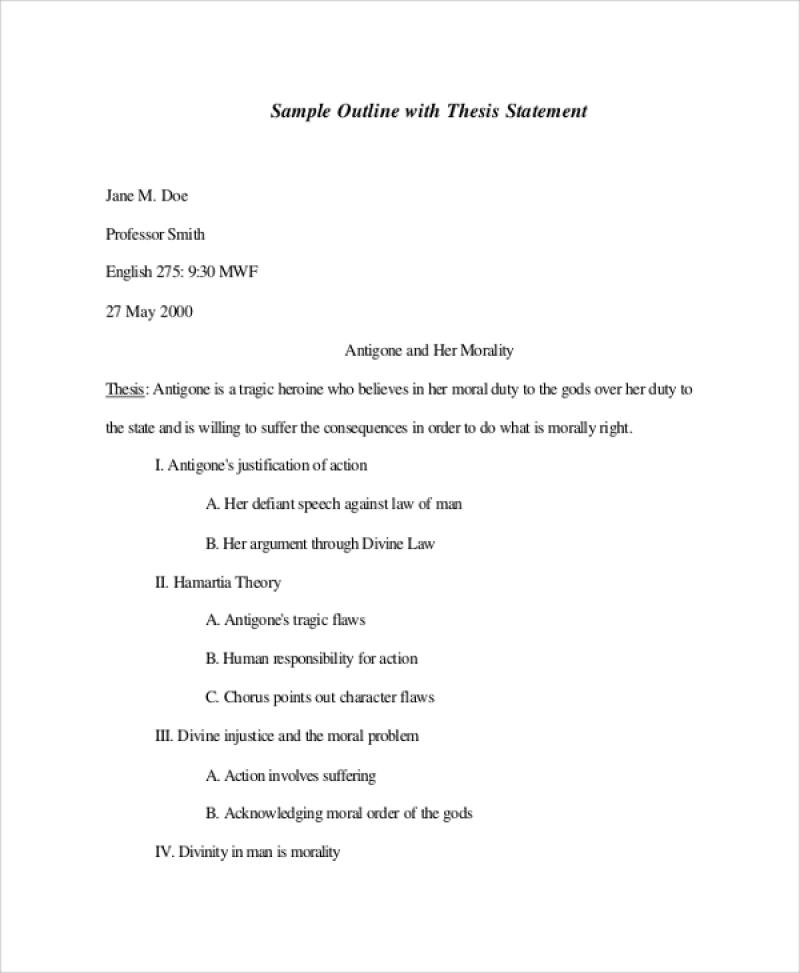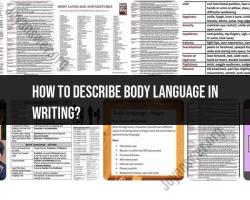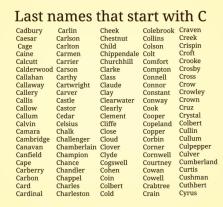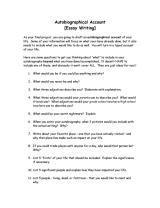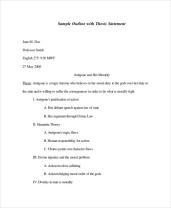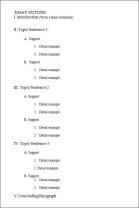Do MLA format should be used for outlines and papers?
Yes, MLA (Modern Language Association) format is commonly used for both outlines and papers in academic writing. MLA provides a set of guidelines for formatting written assignments, including research papers and outlines. Here are the key elements to consider when using MLA format for outlines and papers:
MLA Format for Outlines:
Title:
- Include your name, the instructor's name, the course title, and the date.
- Center the title on the page.
Structure:
- Use a consistent and parallel structure for headings and subheadings.
- Use Roman numerals for main points (I, II, III).
- Use uppercase letters for subpoints (A, B, C).
- Use Arabic numerals for further subdivisions (1, 2, 3).
Indentation:
- Maintain a consistent indentation system throughout the outline.
Spacing:
- Double-space the entire outline.
Parallelism:
- Keep the structure and wording consistent for each level of the outline.
MLA Format for Papers:
Margins:
- Set one-inch margins on all sides of the paper.
Font and Size:
- Use a legible font (e.g., Times New Roman) and set the font size to 12 points.
Title:
- Include a centered title at the beginning of the paper.
- Do not italicize, bold, or underline the title unless it includes the title of another work.
Header:
- Include a header with your last name and page number in the upper-right corner of each page.
Spacing:
- Double-space the entire paper, including the title and Works Cited page.
Indentation:
- Indent the first line of each paragraph by 1/2 inch.
Works Cited Page:
- Include a separate page for the Works Cited section.
- List all sources cited in your paper in alphabetical order.
- Follow the MLA citation format for each entry.
In-Text Citations:
- Use in-text citations to credit sources within the text.
- Include the author's last name and the page number (if applicable) in parentheses.
Quotations:
- Use quotation marks for direct quotes and provide the page number in parentheses after the quote.
Footnotes/Endnotes:
- Use footnotes or endnotes for additional information or explanatory notes.
It's important to note that specific instructors or institutions may have variations in their requirements for MLA format. Therefore, it's always a good idea to consult the latest edition of the MLA Handbook or any specific guidelines provided by your instructor or institution for any unique requirements.
Should MLA format be used for both outlines and papers?
Yes, MLA format should be used for both outlines and papers. While outlines are typically less formal than papers, they still need to be formatted consistently with MLA style. This helps to ensure that they are easy to read and understand.
Are MLA guidelines applicable to both outlines and full papers?
Yes, MLA guidelines are applicable to both outlines and full papers. The main difference is that outlines are typically not as detailed as full papers. For example, outlines may not include full citations for sources. However, they should still follow MLA style in terms of font, margins, and other formatting elements.
What are the conventions for using MLA format in different parts of academic work?
The conventions for using MLA format vary depending on the part of the academic work. Here is a brief overview of the conventions for different parts of academic work:
Outlines: Outlines should be double-spaced, with a 12-point font. The thesis statement should be centered at the top of the page. The main points should be listed in Roman numerals (I, II, III, etc.). Supporting points should be listed in capital letters (A, B, C, etc.). Further subpoints can be indicated by Arabic numerals (1, 2, 3, etc.).
Papers: Papers should also be double-spaced, with a 12-point font. The title page should include the author's name, institution, course name, instructor's name, and date. The body of the paper should be divided into paragraphs, with each paragraph indented one-half inch. Citations should be placed in parentheses after the source is mentioned in the text. The bibliography should list all sources used in the paper in alphabetical order.
Tables and figures: Tables and figures should be numbered and have captions. Captions should be placed below tables and above figures.
Endnotes and footnotes: Endnotes and footnotes should be used sparingly. Endnotes should be placed at the end of the paper, while footnotes should be placed at the bottom of the page.
Letters: Letters should be double-spaced, with a 12-point font. The letter should be addressed to the recipient's name and title, followed by the recipient's address. The body of the letter should be indented one-half inch. The closing should be followed by the sender's name and title.
In addition to these general conventions, there are also specific MLA formatting guidelines for different types of academic work, such as essays, research papers, and lab reports. Students should consult the MLA Style Center for more information on these specific guidelines.
I hope this helps!
